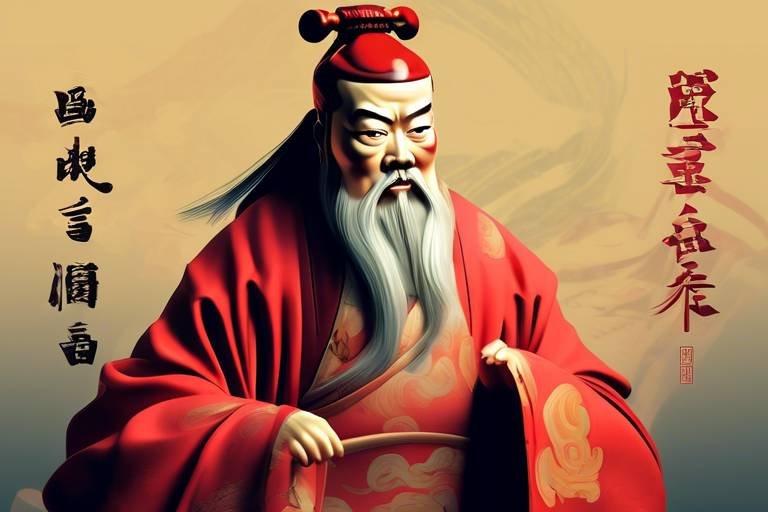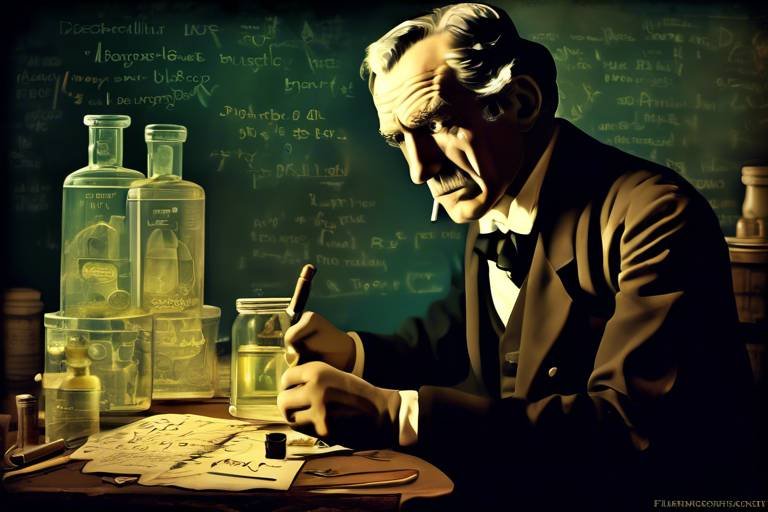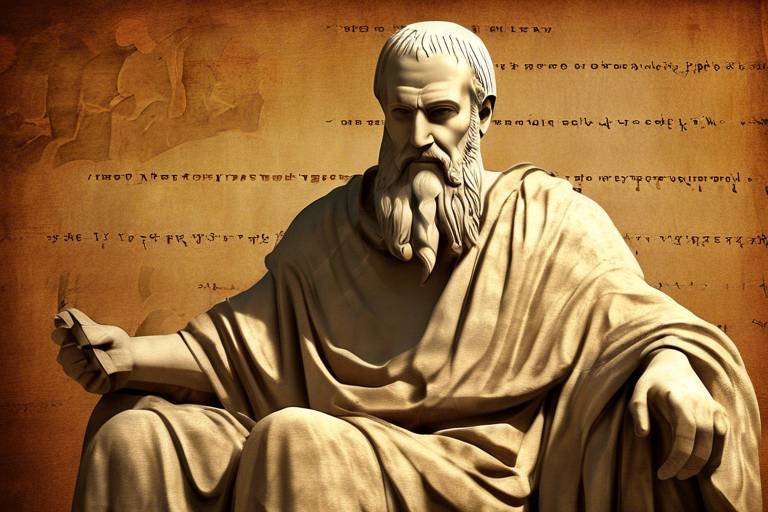Charles V: The Holy Roman Emperor
Charles V, known as the Holy Roman Emperor, was a formidable ruler who held significant power in Europe during the 16th century. His reign was marked by a series of challenges and triumphs that shaped the course of history. Born into the powerful House of Habsburg, Charles V's early life and education played a crucial role in shaping his character and leadership style.
Ascending to power as Holy Roman Emperor and King of Spain, Charles V faced a multitude of conflicts and wars that tested his abilities as a ruler. His struggles against the Ottoman Empire and the Protestant Reformation were defining moments of his reign, showcasing his determination and military prowess.
Despite the turbulent times, Charles V implemented religious policies aimed at maintaining Catholic unity in Europe. His efforts to combat the spread of Protestantism and uphold the Catholic faith were central to his reign, earning him a reputation as a defender of the Church.
After a long and eventful reign, Charles V made the surprising decision to abdicate the throne, leaving behind a lasting legacy that would shape the future of Europe. His patronage of the arts and influence on cultural development during the Renaissance era added a rich layer to his rule, highlighting his appreciation for art and culture.
Charles V's marriages and family ties played a significant role in European politics, forging alliances that would impact the balance of power for generations to come. His death marked a turning point in European history, leading to the division of his empire among his heirs and reshaping the political landscape of the continent.
In conclusion, Charles V's reign as the Holy Roman Emperor left an indelible mark on European history, showcasing the power and influence of one of the most notable rulers of his time. His legacy continues to be studied and admired for its complexity and impact on the development of the Holy Roman Empire.

Early Life and Education
Charles V, known as the Holy Roman Emperor, had a remarkable early life that laid the foundation for his future reign. Born on February 24, 1500, in Ghent, Belgium, he was the eldest son of Philip the Handsome of the Habsburg dynasty and Joanna of Castile. Charles was raised in a diverse cultural environment, exposed to the traditions of both the Burgundian court and the Spanish court due to his royal lineage.
From a young age, Charles received a comprehensive education befitting his royal status. He was tutored by notable scholars and humanists, such as Adrian of Utrecht, who later became Pope Adrian VI. His education focused on languages, history, theology, and political science, shaping his intellectual capabilities and preparing him for the responsibilities of rulership.
Moreover, Charles V's upbringing instilled in him a deep sense of duty and honor, emphasizing the values of chivalry and noblesse oblige. These principles influenced his leadership style, characterized by a strong sense of justice, diplomacy, and strategic thinking. The diverse influences of his early life, from his upbringing to his education, played a significant role in shaping Charles V into the formidable ruler he became.

Ascension to Power
Exploring the life and reign of Charles V, one of the most powerful rulers in European history, who held the titles of Holy Roman Emperor and King of Spain during the 16th century.
Charles V's ascension to power was marked by a series of intricate political maneuvers and strategic alliances. Born into the powerful Habsburg family, Charles inherited an expansive empire that included territories in Europe and the Americas. His election as Holy Roman Emperor in 1519 solidified his position as a key figure in European politics. However, his path to power was not without challenges. Competing claims to various territories and the ever-present threat of conflict with neighboring powers tested Charles's diplomatic skills and resolve. Despite these obstacles, Charles V navigated the complex web of European politics to ascend to the dual thrones of the Holy Roman Empire and Spain.
Throughout his reign, Charles V found himself embroiled in a series of wars and conflicts that tested the strength of his empire. From his struggles against the Ottoman Empire in the Mediterranean to the wars of the Protestant Reformation in Europe, Charles faced formidable adversaries on multiple fronts. The constant state of warfare shaped his policies and decisions, forcing him to balance military might with diplomatic finesse. Despite the challenges, Charles V's military campaigns left a lasting impact on the map of Europe and solidified his reputation as a formidable ruler.
In the midst of religious turmoil sweeping across Europe during the Protestant Reformation, Charles V sought to uphold Catholic unity and combat the spread of Protestantism. His staunch defense of the Catholic Church led to conflicts with Protestant leaders and sparked religious wars that engulfed the continent. Charles's religious policies were marked by a mix of tolerance and repression, as he attempted to maintain order within his diverse empire. His efforts to promote Catholic orthodoxy left a lasting imprint on the religious landscape of Europe.
After decades of ruling over a vast empire, Charles V made the surprising decision to abdicate the throne in 1556. His abdication marked the end of an era and paved the way for a new generation of rulers to take the helm. Despite stepping down from power, Charles's legacy endured through the impact of his reign on European history. His vision of a unified Christian empire and his contributions to the arts and culture left an indelible mark on the development of Western civilization.
Charles V's patronage of the arts and support for cultural development played a significant role in shaping the Renaissance during his rule. His court became a center of artistic innovation and intellectual exchange, attracting renowned artists and thinkers from across Europe. Through his support of artists such as Titian and Hans Holbein the Younger, Charles V left a rich cultural legacy that continues to inspire generations of art enthusiasts.
Charles V's marriages and family alliances were instrumental in shaping the political landscape of Europe. Through strategic marriages, he forged powerful alliances with other European dynasties, expanding his influence and securing the future of his empire. His children, including Philip II of Spain and Holy Roman Emperor Ferdinand I, went on to rule over vast territories and continue the Habsburg legacy in Europe.
The death of Charles V in 1558 marked the end of an era and triggered a period of transition in European politics. His vast empire was divided among his heirs, leading to a redistribution of power and influence across the continent. The legacy of Charles V lived on through his descendants, who continued to play pivotal roles in European affairs for generations to come.

Wars and Conflicts
Exploring the life and reign of Charles V, one of the most powerful rulers in European history, who held the titles of Holy Roman Emperor and King of Spain during the 16th century.
Discovering Charles V's upbringing, education, and the influences that shaped his character and leadership style from a young age.
Examining the circumstances surrounding Charles V's rise to power as Holy Roman Emperor and King of Spain, including the challenges he faced upon assuming the throne.
Charles V's reign was marked by numerous wars and conflicts that shaped European history. One of the most significant challenges he faced was his ongoing struggle against the powerful Ottoman Empire, a conflict that tested his military prowess and diplomatic skills. Additionally, Charles V found himself embroiled in the tumultuous events of the Protestant Reformation, a period of religious and political upheaval in Europe. His efforts to suppress the spread of Protestantism led to conflicts with various Protestant states and leaders, further complicating his rule.
Analyzing Charles V's approach to religion and his efforts to maintain Catholic unity in the face of growing Protestantism in Europe.
Reflecting on Charles V's decision to abdicate the throne and the lasting impact of his reign on European history and the development of the Holy Roman Empire.
Exploring Charles V's patronage of the arts, his contributions to cultural development, and his influence on the Renaissance during his rule.
Examining Charles V's marriages, children, and the dynastic alliances he forged through his family, which played a significant role in European politics.
Discussing the circumstances of Charles V's death, the division of his empire among his heirs, and the subsequent impact on the balance of power in Europe.
1. Was Charles V successful in maintaining Catholic unity during the Protestant Reformation?
2. How did Charles V's relationships with other European powers influence his reign?
3. What was the significance of Charles V's abdication on the future of the Holy Roman Empire?
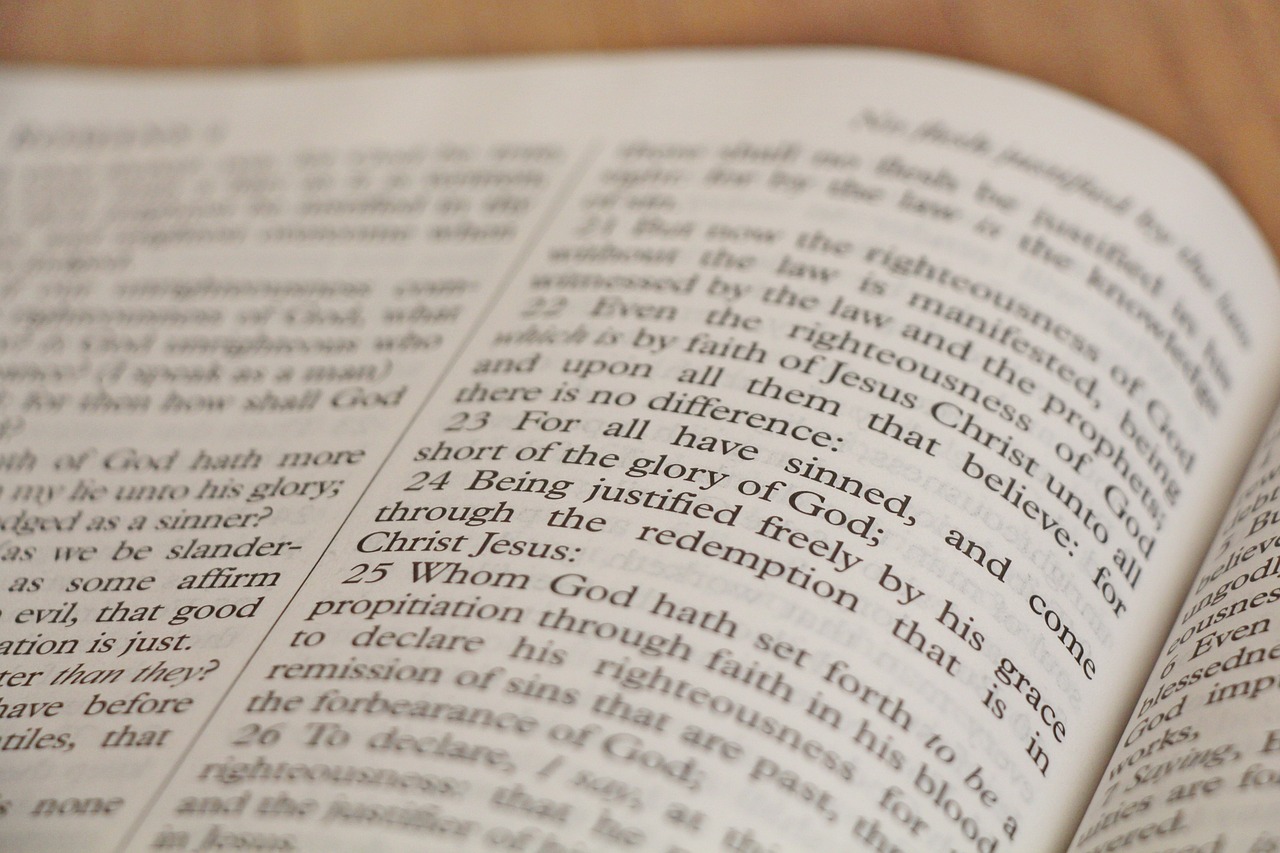
Religious Policies
Charles V, known for his firm stance on religion, implemented a series of religious policies aimed at maintaining Catholic unity in a rapidly changing Europe. His reign coincided with the rise of Protestantism, leading to significant challenges in preserving the Catholic faith as the dominant religious force. Charles V's religious policies were characterized by a staunch defense of Catholicism and efforts to combat the spread of Protestant ideas.
One of the key aspects of Charles V's religious policies was his unwavering support for the Catholic Church and the suppression of Protestant movements. He viewed Protestantism as a threat to the unity of the Holy Roman Empire and took decisive measures to prevent its spread. This included the enforcement of strict anti-Protestant laws and the persecution of those who deviated from Catholic doctrine.
Charles V's commitment to Catholic unity also manifested in his efforts to convene church councils, such as the Council of Trent, to address the challenges posed by the Protestant Reformation. These councils played a crucial role in reaffirming Catholic teachings, condemning heresies, and strengthening the authority of the Church in response to the growing Protestant influence.
Furthermore, Charles V's religious policies extended beyond the borders of his empire, as he sought to form alliances with other Catholic powers to combat the spread of Protestantism. His diplomatic efforts aimed to forge a united front against the Protestant threat and preserve the Catholic faith as the dominant religious force in Europe.
In summary, Charles V's religious policies were characterized by a steadfast commitment to Catholicism, a vigorous defense of the Church against Protestant challenges, and a proactive approach to maintaining Catholic unity in the face of religious turmoil. His legacy as a defender of the Catholic faith continues to influence the religious landscape of Europe to this day.

Abdication and Legacy
After a long and eventful reign, Charles V made the monumental decision to abdicate the throne, a move that shocked Europe and left a lasting impact on the continent's political landscape. His abdication in 1556 marked the end of an era characterized by his ambitious pursuits and relentless efforts to maintain control over his vast empire. By stepping down from power, Charles V demonstrated a rare display of humility and self-awareness, recognizing the limitations of his aging body and the challenges of governing such a diverse and expansive realm.
The legacy of Charles V's reign reverberated throughout European history, shaping the future of the Holy Roman Empire and setting the stage for the rise of his successors. His decision to divide his empire among his heirs, with his son Philip II inheriting Spain and the Netherlands while his brother Ferdinand I took control of the Holy Roman Empire, laid the foundation for future conflicts and power struggles within the Habsburg dynasty.
Despite his abdication, Charles V's influence endured through the policies and institutions he established during his rule. His efforts to centralize authority, promote Catholic unity, and combat the spread of Protestantism left a lasting imprint on the religious and political landscape of Europe. The treaties and alliances he forged, the wars he waged, and the cultural patronage he supported all contributed to the shaping of a new European order that would continue to evolve in the centuries to come.
Moreover, Charles V's patronage of the arts and his support for cultural development during the Renaissance era left a rich legacy of artistic and intellectual achievements that endured long after his reign. His court became a center of innovation and creativity, attracting renowned artists, scholars, and thinkers who contributed to the flourishing of art, music, literature, and science under his patronage.
In the annals of history, Charles V's abdication stands as a pivotal moment that marked the end of an era of imperial grandeur and the beginning of a new chapter in European history. His legacy as a formidable ruler, a devout Catholic, and a patron of the arts continues to fascinate scholars and historians, offering a glimpse into the complexities of power, faith, and cultural exchange in the early modern period.

Art and Culture
Exploring the life and reign of Charles V, one of the most powerful rulers in European history, who held the titles of Holy Roman Emperor and King of Spain during the 16th century.
During his rule, Charles V was not only a powerful ruler but also a significant patron of the arts, leaving a lasting impact on the cultural development of his time. His support for artists and intellectuals helped shape the Renaissance in Europe. Through his patronage, he encouraged the creation of magnificent artworks that reflected the grandeur and sophistication of his empire.
One of the most notable artists supported by Charles V was Titian, a renowned painter who created several portraits of the Emperor. These paintings captured the essence of Charles V's reign, showcasing his authority and influence through intricate details and symbolism.
Furthermore, Charles V's interest in literature and music also contributed to the flourishing cultural scene of his era. He surrounded himself with talented individuals who enriched his court with their creativity and intellect, creating a vibrant atmosphere that attracted artists and scholars from all over Europe.
Through his dedication to promoting art and culture, Charles V established a legacy that extended beyond his political achievements, leaving a mark on European history that continues to be celebrated and studied to this day.
Q: What were some of the key artworks commissioned by Charles V?
A: Charles V commissioned several important artworks, including portraits by Titian, tapestries by Pieter Coecke van Aelst, and sculptures by Leone Leoni.
Q: How did Charles V's patronage of the arts influence the Renaissance?
A: Charles V's support for artists and intellectuals helped foster a flourishing cultural environment that contributed to the development of the Renaissance in Europe, influencing artistic styles and intellectual pursuits.
Q: Did Charles V have a personal interest in any specific art form?
A: Charles V had a particular fondness for portraiture, as seen in his numerous commissions of portraits that captured his image and authority, reflecting his appreciation for visual representation and symbolism.
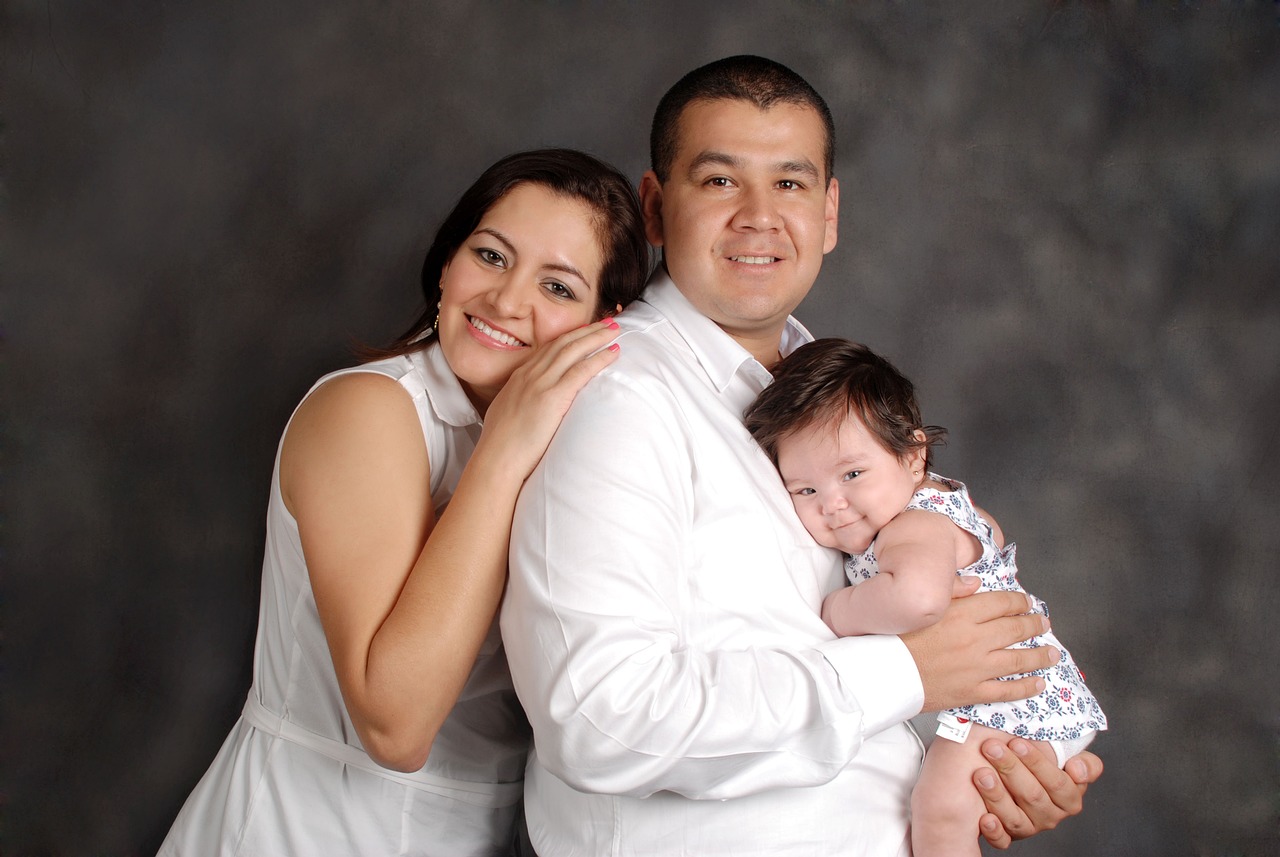
Marriages and Family
Charles V's marriages and family played a crucial role in shaping European politics during his reign. He first married Infanta Isabella of Portugal, cementing an alliance with the Portuguese royal family. This marriage produced one son, Philip II, who would later become King of Spain and Portugal. Charles V's second marriage was to Princess Mary of Burgundy, solidifying his ties to the powerful House of Burgundy. From this union, he had three children, including his successor, Philip II. These strategic marriages not only expanded Charles V's influence but also secured alliances that would impact the future of Europe.
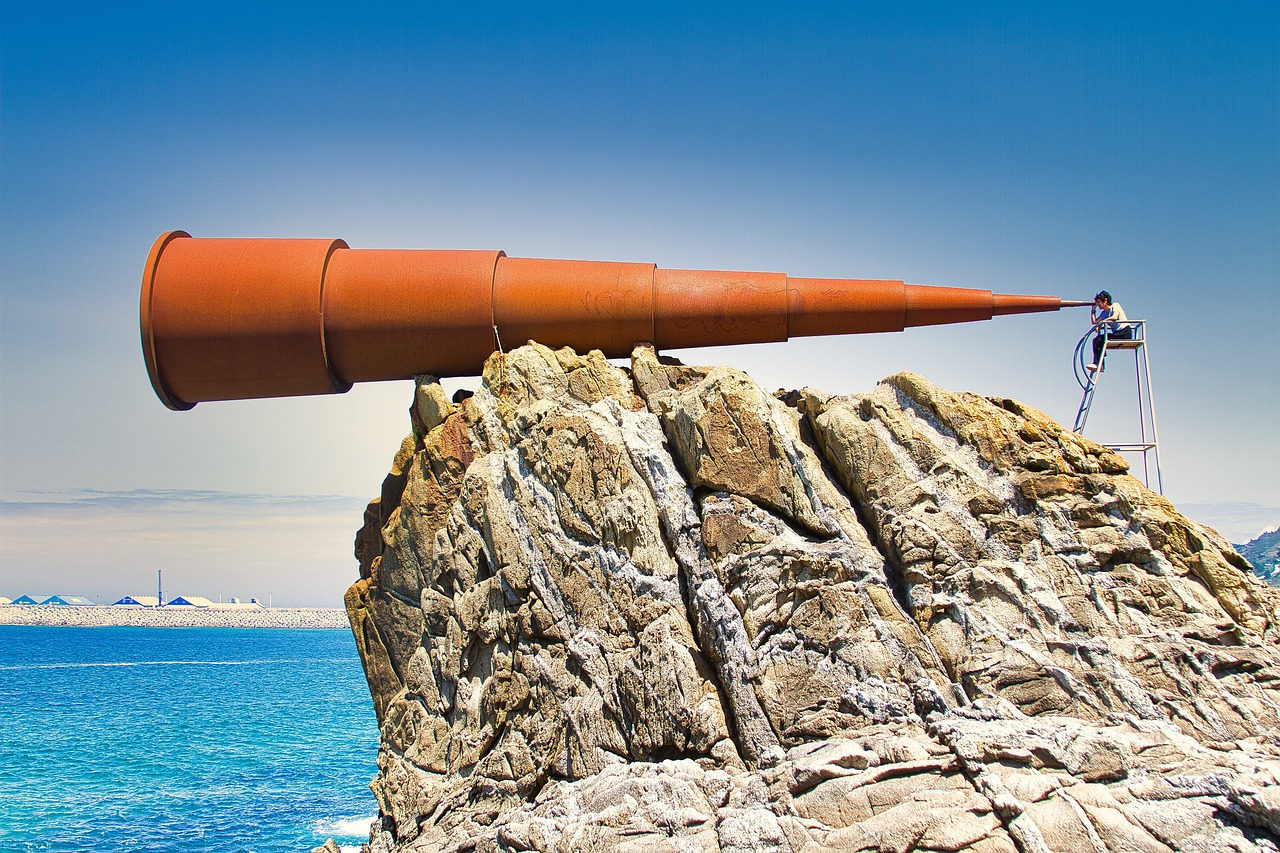
Death and Succession
Charles V's death marked the end of an era in European history, leaving behind a legacy that would shape the continent for centuries to come. In 1556, after a long and eventful reign, Charles V made the decision to step down from the throne, a move that shocked many across Europe. His empire was vast, stretching from Spain to the Netherlands to parts of Italy and the Americas, and the question of who would succeed him loomed large.
Upon his abdication, Charles V divided his empire between his son, Philip II of Spain, and his brother, Ferdinand I, who became the Holy Roman Emperor. This division marked a significant shift in power dynamics within Europe, with Spain emerging as a dominant force in the region. Philip II inherited the Spanish territories, including the lucrative colonies in the Americas, while Ferdinand I took control of the Holy Roman Empire.
The death of Charles V in 1558 further solidified the division of his empire, with Philip II and Ferdinand I each ruling over their respective domains. Philip II's reign in Spain was marked by a period of great prosperity and cultural achievement, while Ferdinand I's rule as Holy Roman Emperor saw the empire embroiled in conflicts with the Ottoman Empire and internal religious strife.
Despite the challenges and conflicts that arose following Charles V's death, his legacy endured through the centuries, influencing the course of European history and the development of the modern nation-states. The division of his empire among his heirs set the stage for future power struggles and conflicts, shaping the geopolitical landscape of Europe for generations to come.
Frequently Asked Questions
- 1. Who was Charles V?
Charles V was a powerful ruler who held the titles of Holy Roman Emperor and King of Spain during the 16th century. He was known for his influence in European history and his involvement in various wars and conflicts.
- 2. What were some of the key events in Charles V's life?
Some key events in Charles V's life include his ascension to power as Holy Roman Emperor and King of Spain, his struggles against the Ottoman Empire and the Protestant Reformation, his religious policies to maintain Catholic unity, his decision to abdicate the throne, and his contributions to art and culture.
- 3. How did Charles V impact European politics and culture?
Charles V had a significant impact on European politics through his marriages, children, and dynastic alliances, which influenced the balance of power in Europe. He also played a role in the development of art and culture during the Renaissance period.
- 4. What was the significance of Charles V's abdication?
Charles V's decision to abdicate the throne had a lasting impact on European history, as it led to the division of his empire among his heirs and reshaped the political landscape of the Holy Roman Empire.
- 5. How did Charles V's reign contribute to the religious landscape of Europe?
Charles V's reign was marked by his efforts to maintain Catholic unity in the face of Protestantism, leading to religious conflicts and shaping the religious policies of the time.






